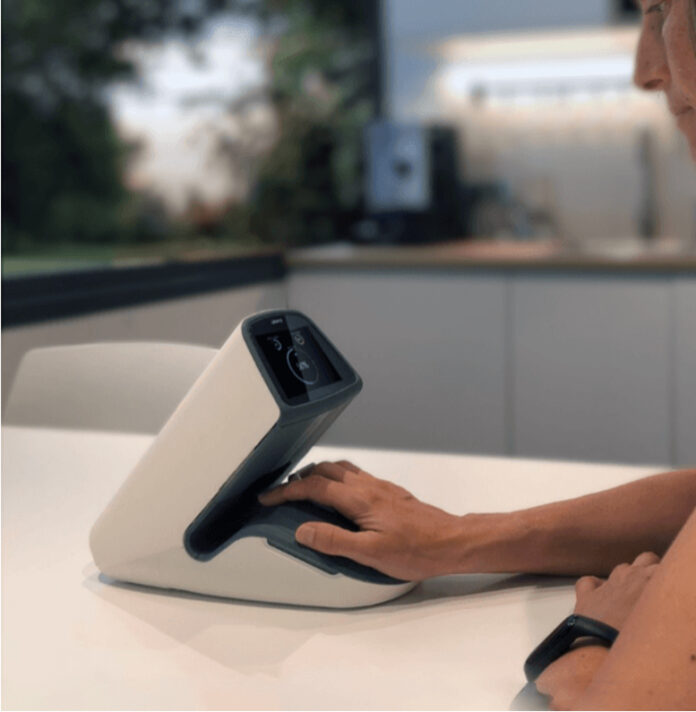BOSTON– Leuko, a medtech company pioneering the field of non-invasive blood testing, announced today that it has received a $4.5 million SBIR Phase IIB award from the National Institutes of Health (NIH) National Cancer Institute (NCI) for the continued development of PointCheck™, the first solution that enables non-invasive white blood cell monitoring.
White blood cell monitoring is particularly relevant for cancer patients who receive chemotherapy and other treatments, which target cancer cells but can also destroy their white blood cells, compromising their immune system. Every year, that leads tens of thousands of cancer patients to contract dangerous infections that can turn deadly if unmanaged.
Currently, the only way for doctors to monitor their patients is through blood tests, which practically limit the frequency of monitoring. Now, Leuko is developing an at-home, non-invasive monitor, PointCheck™, to give doctors a more complete view of their patients’ health remotely. Rather than drawing blood, the device uses light to look through the skin at the top of the fingernail, and advanced algorithms to analyze and detect when white blood cells reach dangerously low levels.
By removing the need for a blood sample, Leuko enables at-home, and more frequent monitoring so that patients at risk can be identified early, enabling the care team to deploy preventive treatment that can avoid infections, reduce hospital admissions by 50%, and improve clinical outcomes.
Funds from NIH will accelerate product development and generate clinical evidence to commercialize this platform technology. “At Leuko, we are committed to deliver on our vision for non-invasive blood testing, which could transform how cancer patients and other immunocompromised populations are managed,” said Carlos Castro-Gonzalez, Co-Founder and CEO at Leuko. “Thanks to this NIH grant, we will advance to the next stage of clinical development and move closer to making this technology widely available to patients.”


